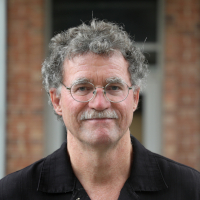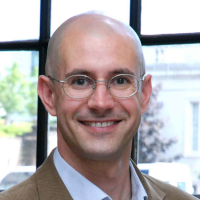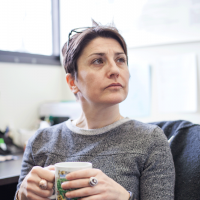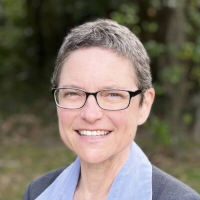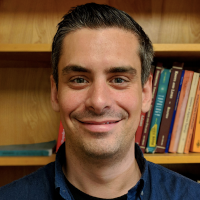
Thomas Needham (Florida State University, Mathematics)
423 Little HallRegistration Problems and Applications to Biomathematics I will discuss some mathematical approaches to various registration problems, where one seeks to align points from different spaces. These include matching points between different metric spaces or registering graphs or hypergraphs with different node sets. Along the way, I'll talk about motivating problems that come from biology, such …

